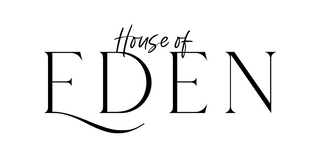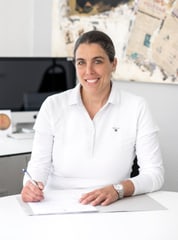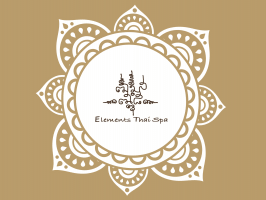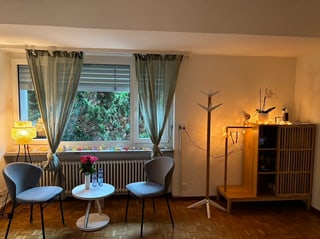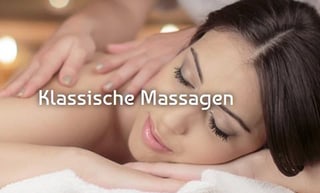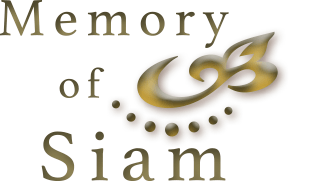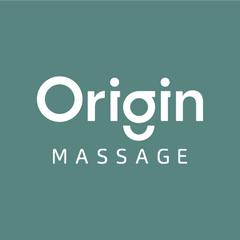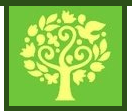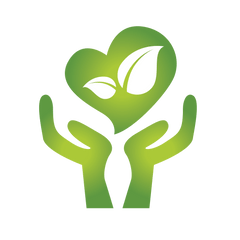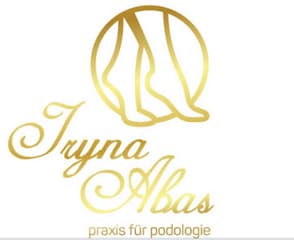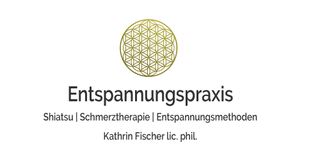Please use Microsoft Edge, Google Chrome or [Firefox](https://getfirefox. com/).

China Akupunktur Praxis (Zürich)
Do you own or work for China Akupunktur Praxis?
About Us
Traditional Chinese Medicine belongs to the methods of altnative medicine. It is increasingly appreciated and used for many diseases and ailments, also ideal complement to Western medicine.
The TCM doctors are all from China and have completed 5-6 years of university studies as a doctor in China, all have over 15 years of TCM experience.
**TCM Diagnostics
Four classical methods of diagnosis**
Both the sick and the healthy people are considered and treated in TCM under holistic and energetic aspects; any energetic disturbance should be detected as early as possible to prevent a disease from developing.
TCM has developed a multifaceted diagnostic procedure over the millennia. The two cornerstones of diagnosis are tongue and pulse diagnosis: by closely observing the shape, color and quality of the tongue and by feeling the 28 different pulse qualities, the therapist or doctor can deduce the internal processes in the body.
These diagnostic methods are supplemented by information that can be obtained from questioning and observing the patient. From the combination of these four classical diagnostic methods, the doctors and therapists of Chinese medicine work out a picture of the disharmony (physical and/or psychological), which is to be corrected by the therapy.
**Acupuncture
Acupuncture or "setting needles" is the best known type of therapy of Traditional Chinese Medicine (TCM) in Europe. Acupuncture points are particularly suitable places on the skin, from which the flow of energy (Qi) in the meridians and the associated organs can be easily reached and influenced. The needles are left in place for about 40 to 60 minutes. The person is energetically brought back into balance.
Acupuncture is supported/enhanced by the following additional therapies: - Moxibustion: By burning moxa cigars, burning moxa herb (mugwort) on needles or ginger discs or with the moxa box, the acupuncture points/energy zones are stimulated. This method is as old as acupuncture and closely related to TCM. It is mainly used for (cold findings).
- Cupping: Glass balls (cupping balls) are heated and placed on the body. By cooling down, a vacuum is created. The resulting strong suction stimulus stimulates blood circulation.
- Star hammer: This is used to stimulate acupuncture points.
- Ear acupuncture: The ear reflects the body with the organs. Through ear acupuncture, the acupuncture points and meridians can be stimulated.
- Electrotherapy: By vibrating the needles during acupuncture, the effect is enhanced. This form of therapy can also be achieved by applying electrodes to the needles.
- Heat therapy: The effect of the needles is supported by a special heat lamp.
**Tuina massage
Hands-on help**
Tuina is the Traditional Chinese Massage. Tuina is particularly effective for disorders of the musculoskeletal system, but also for many other problems such as arthritis, after a stroke, injuries or tension.
Tuina mainly uses special hand techniques and manipulations such as pushing, stroking, pressing, rubbing, tapping, clapping up to the technique of vibration. The various massage techniques of Tuina can also be used to positively influence internal disharmonies.
A wide range of applications of a special form of Tuina can be found in pediatrics. Children respond very well to children's Tuina. This enables the effective treatment of numerous clinical pictures without having to intervene in the body with acupuncture needles or to treat the child with medicines.
Cupping
Cupping involves stimulating the meridians with cupping glasses. Cupping therapy is particularly suitable for the treatment of the outer layers such as muscles and skin.
Ohacupuncture
Ear acupuncture is a special chapter within acupuncture, as it is an independent, closed system and can be performed independently of body acupuncture.
Within the ear there are more than 100 ear reflex points, which are connected to organs (functional circuits), body sections or special body functions via a neural reflex (reciprocal connection through nerve pathways), i.e. these points can be used both diagnostically and therapeutically.
Moxa
Moxibustion warms acupuncture points by burning dried leaves of Artemisia vulgaris (mugwort), also called moxa wool. Mugwort is a medicinal plant native to both Asia and Europe. A spot can also be heated with so-called moxa cigars, which are sticks twisted from mugwort leaves.
**Medicinal herbs
The secret of the mixture: Chinese medicines contain herbal, mineral and animal substances, whereby herbal active ingredients clearly predominate. By no means all herbs important for TCM grow only in China.
TCM medicines are not "Chinese" because their ingredients can only be found in China. Rather, a medicine is "Chinese" because, according to the theories of Traditional Chinese Medicine, it possesses specific healing properties (important are taste, temperature, and guiding pathway entry).
Some of the approximately 5000 known and documented remedies were imported to China in earlier centuries; many of the herbs also grow in our latitudes. Some TCM therapists in Switzerland also consciously use Western medicinal plants that are classified according to Chinese criteria.
As tea, tablet or extract The 400 most commonly used Chinese medicines are usually prescribed as complex formulations; the ingredients are finely tuned to each other in order to optimally adapt the mixture to the patient. In ancient China, herbs were prepared as decoctions, that is, as a freshly brewed daily tea, or, if they were tonics (restoratives), they were steeped in alcohol or made into pills with honey.
In Switzerland today, mainly the decoction is used, as well as modern forms of administration: granular extracts, tablets and water or alcohol extracts. Chinese drug therapy is often combined with acupuncture.
This text has been machine translated.
Location and contact
China Akupunktur Praxis
-
office address
Holbeinstrasse 20 8008 Zürich
-
Phone
0432... Show number 043 268 42 42 *0763... Show mobile number 076 366 69 78 *
-
Write an e-mail
- Visit site Visit site
- * No listing required
reviews
Do you wish to rate "China Akupunktur Praxis"?

There are no reviews for this company yet.
Have you any experience of this company?

* These texts have been automatically translated.
Other listers

China Akupunktur Praxis

